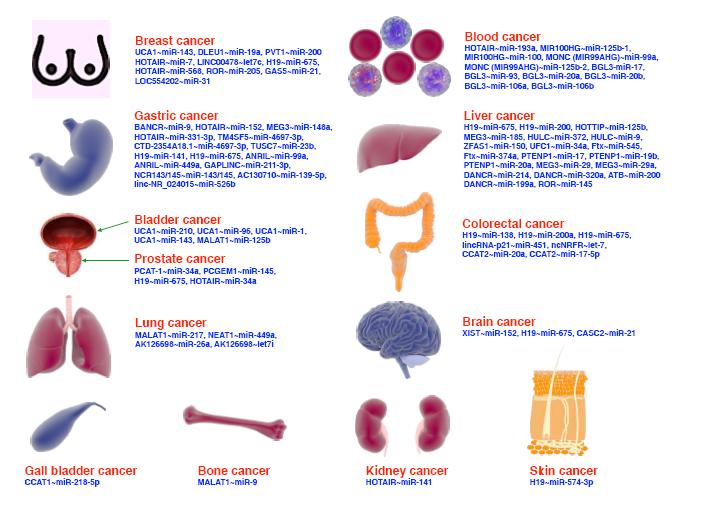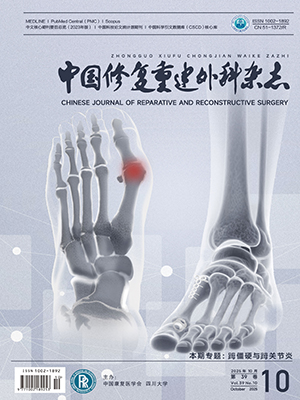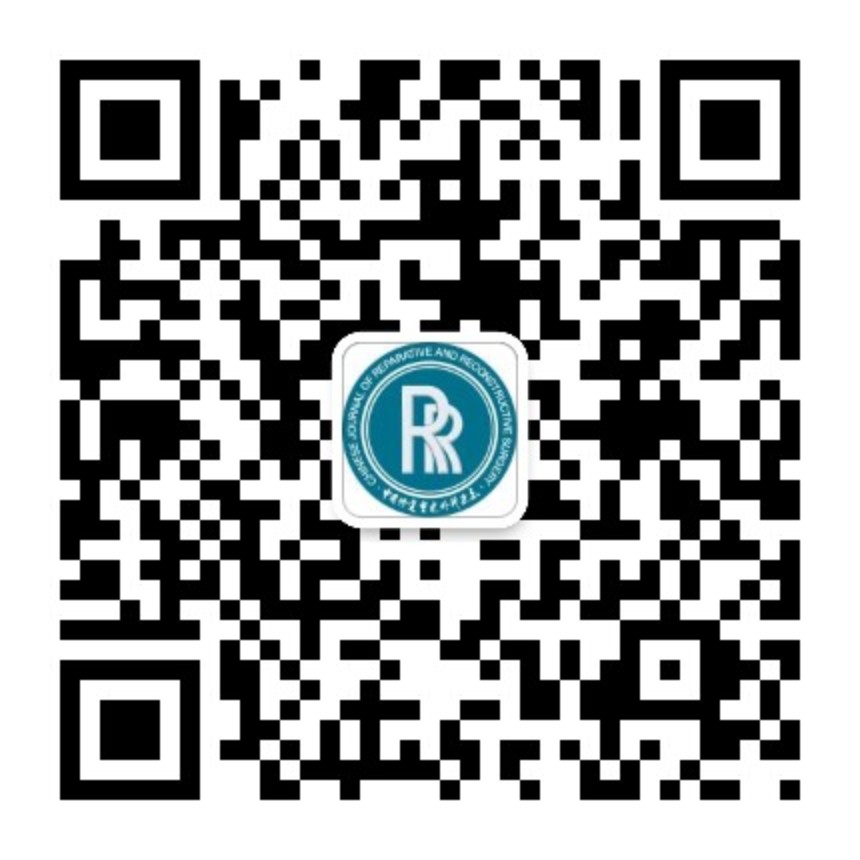| 1. |
Hurley ET, Twomey-Kozack J, Doyle TR, et al. Bioinductive collagen implant has potential to improve rotator cuff healing: a systematic review. Arthroscopy, 2024. doi: 10.1016/j.arthro.2024.09.028.
|
| 2. |
Beraldo RA, Assunção JH, Helito PV, et al. Predictive factors for the healing of rotator cuff repairs. Cureus, 2024, 16(8): e67608. doi: 10.7759/cureus.67608.
|
| 3. |
Prabhath A, Vernekar VN, Sanchez E, et al. Growth factor delivery strategies for rotator cuff repair and regeneration. Int J Pharm, 2018, 544(2): 358-371.
|
| 4. |
何树坤, 秦廷武. 肩袖损伤修复的界面组织工程研究进展. 中国修复重建外科杂志, 2021, 35(10): 1341-1351.
|
| 5. |
Guevara JA, Entezari V, Ho JC, et al. An update on surgical management of the repairable large-to-massive rotator cuff tear. J Bone Joint Surg (Am), 2020, 102(19): 1742-1754.
|
| 6. |
Mahardawi B, Tompkins KA, Mattheos N, et al. Periosteum-derived micrografts for bone regeneration. Connect Tissue Res, 2023, 64(4): 400-412.
|
| 7. |
Chang CH, Chen CH, Su CY, et al. Rotator cuff repair with periosteum for enhancing tendon-bone healing: a biomechanical and histological study in rabbits. Knee Surg Sports Traumatol Arthrosc, 2009, 17(12): 1447-1453.
|
| 8. |
崔小明, 吴佳奇, 熊小天, 等. 兔关节软骨块和骨髓间充质干细胞共培养. 中国矫形外科杂志, 2020, 28(04): 349-355.
|
| 9. |
李奉龙, 姜春岩, 鲁谊, 等. 兔肩袖损伤模型的建立及初步组织学研究. 中国组织工程研究, 2012, 16(20): 3685-3689.
|
| 10. |
Youn I, Jones DG, Andrews PJ, et al. Periosteal augmentation of a tendon graft improves tendon healing in the bone tunnel. Clin Orthop Relat Res, 2004, (419): 223-231.
|
| 11. |
赵杨, 戴海峰, 刘莎莎, 等. 自体骨膜促进兔肩袖腱-骨愈合的疗效. 中国比较医学杂志, 2018, 28(02): 74-79.
|
| 12. |
Chen CH, Chang CH, Su CI, et al. Arthroscopic single-bundle anterior cruciate ligament reconstruction with periosteum-enveloping hamstring tendon graft: clinical outcome at 2 to 7 years. Arthroscopy, 2010, 26(7): 907-917.
|
| 13. |
Rutgers C, Verweij LPE, Priester-Vink S, et al. Recurrence in traumatic anterior shoulder dislocations increases the prevalence of Hill-Sachs and bankart lesions: a systematic review and meta-analysis. Knee Surg Sports Traumatol Arthrosc, 2022, 30(6): 2130-2140.
|
| 14. |
Ahmed AF, Polisetty TS, Wang C, et al. Higher return to sport and lower revision rates when performing arthroscopic Bankart repair with remplissage for anterior shoulder instability with a Hill-Sachs lesion: a meta-analysis. J Shoulder Elbow Surg, 2024, 33(8): 1836-1846.
|
| 15. |
张明涛, 刘嘉鑫, 杨智涛, 等. 关节镜自体骨软骨移植治疗复发性肩关节前脱位早期疗效. 中国骨伤, 2022, 35(3): 233-237.
|
| 16. |
Shin MJ, Shim IK, Kim DM, et al. Engineered cell sheets for the effective delivery of adipose-derived stem cells for tendon-to-bone healing. Am J Sports Med, 2020, 48(13): 3347-3358.
|
| 17. |
陈刚, 郑乾, 刘蒙飞, 等. Kartogenin联合脂肪干细胞对前交叉韧带重建术后腱骨愈合的影响. 中国修复重建外科杂志, 2023, 37(8): 1002-1010.
|
| 18. |
Cheng B, Ge H, Zhou J, et al. TSG-6 mediates the effect of tendon derived stem cells for rotator cuff healing. Eur Rev Med Pharmacol Sci, 2014, 18(2): 247-2451.
|
| 19. |
Xu Y, Zhang WX, Wang LN, et al. Stem cell therapies in tendon-bone healing. World J Stem Cells, 2021, 13(7): 753-775.
|
| 20. |
张峻玮, 陆海涛, 袁峰, 等. 兔骨膜细胞分离培养的方法改进. 中国组织工程研究, 2016, 20(24): 3523-3528.
|
| 21. |
He L, He T, Xing J, et al. Bone marrow mesenchymal stem cell-derived exosomes protect cartilage damage and relieve knee osteoarthritis pain in a rat model of osteoarthritis. Stem Cell Res Ther, 2020, 11(1): 276. doi: 10.1186/s13287-020-01781-w.
|
| 22. |
Wang J, Xu J, Wang X, et al. Magnesium-pretreated periosteum for promoting bone-tendon healing after anterior cruciate ligament reconstruction. Biomaterials, 2021, 268: 120576. doi: 10.1016/j.biomaterials.2020.120576.
|




